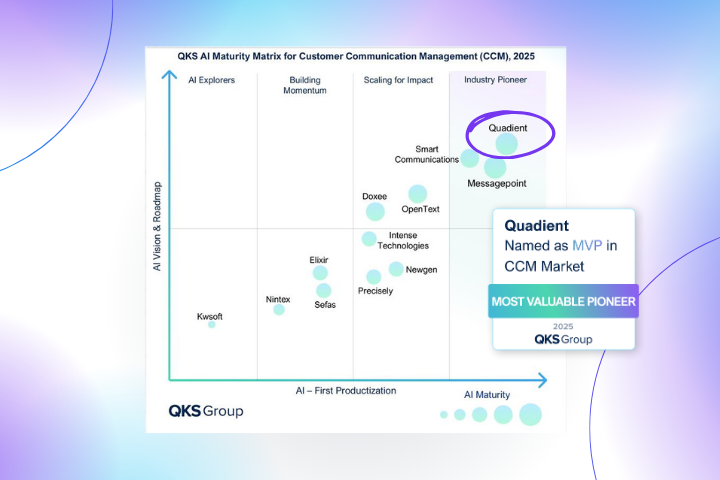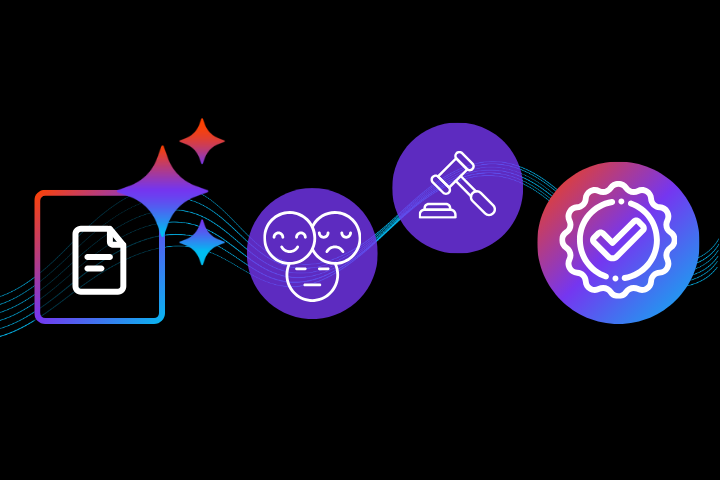Introduction
Amid rapid digitization, an ever-increasing volume of crucial information exists in digital form. This has resulted in the need for efficient and secure data storage and management. This is where digital archiving comes into play.
Digital archiving is preserving and organizing documents and digital data for long-term storage. It involves transforming physical documents, images, videos, and other analog data into digital formats and managing them with specialized software.
Digital archiving defined
Digital archiving preserves and stores digitized data, including documents, contracts, financial records, and customer data. It entails systematically organizing and managing electronic assets to guarantee their integrity and availability. By safeguarding digital assets from loss and degradation, digital archiving systems ensure future access and retrieval. Thus, a digital archive comprises preserved, organized, and accessible digital materials.

Why is digital archiving important for businesses?
The ability to archive digital content is essential for several reasons:

- Regulatory compliance: Many industries are subject to regulations related to data retention. For example, HIPAA outlines document retention requirements for the healthcare industry in the United States. Businesses can comply with regulations by digitally archiving electronic documents and records for the required duration.
- Legal protection: Digital archives can provide evidence in legal disputes. This can help businesses protect their interests and avoid legal liabilities.
- Information retrieval: Physical documents in traditional file cabinets are prone to misfiling and retrieving them can be time-consuming. With electronic document storage, assets are easily found.
- Business continuity and disaster recovery: Digital archives serve as a backup in case of data loss. Whether the loss is due to hardware failure, cyberattacks, or natural disasters, businesses can recover critical information and swiftly resume operations.
- Space and cost savings: The storage of physical documents requires office space and incremental costs for maintenance and security. Digital archiving eliminates physical storage space, resulting in cost savings.
- Collaboration and knowledge sharing: Digital archiving facilitates easy knowledge sharing between team members, departments, and other stakeholders. This enhances collaboration and decision-making.
- Competitive advantage: A well-organized and accessible digital archive gives organizations a competitive edge. It enables them to make data-driven decisions and identify trends.
The history and origin of digital archives
The concept of archiving has existed for centuries. Ancient civilizations preserved vital records on clay tablets and papyrus scrolls. Archiving started transitioning into the digital realm with the advent of computers in the mid-20th century. Early digital archiving efforts involved scanning and converting paper documents into electronic files, but these methods were time-consuming and inefficient.
The real breakthrough came with the development of magnetic storage devices and digital media formats in the 1970s and 1980s. This allowed for more extensive storage capabilities and quicker access to information. As technology advanced, digital archiving solutions evolved, becoming more sophisticated and capable of handling diverse data types.
Types of digital archives
Digital archives can be categorized based on their purpose and content. Some common types of digital archives include:
- Institutional archives: Government agencies and corporations maintain digital archives to preserve historical records, research data, and administrative documents.
- Digital art archives: Museums and art galleries maintain digital archives to preserve and showcase digital art pieces, photographs, and multimedia installations.
- Web archives: These archives capture web content to preserve the internet’s evolution and ensure future access to online resources.
- Media archives: Broadcasting and media companies maintain digital archives to store audio, video, and multimedia content.
- Personal archives: Individuals create digital archives to store personal documents, photos, videos, and other vital data.
Benefits of digital archiving
The adoption of digital archiving offers numerous advantages over traditional paper-based methods. Some key benefits include:
Cost savings
Digital archiving eliminates the need for physical storage space and the associated costs of maintaining and managing paper-based records. Physical documents require dedicated storage facilities, regular maintenance, and protection from environmental factors, all of which incur expenses. In contrast, digital archives can be stored on servers, cloud platforms, or digital media, offering a cost-effective and scalable solution.
Accessibility and retrieval
One of the most significant advantages of digital archiving is the ease of accessing and retrieving data. Searching for specific information in a well-organized digital archive can be accomplished within seconds. This efficiency boosts productivity, minimizes downtime, and enhances decision-making processes.
Challenges in managing a digital archive
While digital archiving offers several benefits, it also comes with its own set of challenges. It is essential to address these challenges to ensure the longevity and security of digital archives.
Some of the primary challenges include:
Sustainability and preservation Issues
The software and hardware required to access digital file types may need to be updated. Ensuring the long-term viability of digital archives involves regular data migration and conversion to updated formats. This can be laborious and costly.
Security and compliance requirements
Digital archives may contain sensitive or confidential information, making security a top priority. Data breaches, cyberattacks, and unauthorized access need to be managed through intense security measures, encryption, and compliance with data protection regulations.
Unauthorized access to sensitive data
With digital archives, there is always a risk of unauthorized access to confidential data. Access controls, encryption, and multi-factor authentication can mitigate these risks and protect sensitive information from falling into the wrong hands.
Safeguard essential documents with digital archive software
Impress Portal, part of Quadient Impress Distribute, provides a dedicated and secure document portal to communicate with your customers. It gives them 24-hour access to view, search for, and download new and historical documents. They can also invite other users on their end to access the inbox.
Impress Portal provides robust digital archiving services. You can have all documents sent via Impress Portal automatically stored for convenient future retrieval.
Conclusion
Digital archiving is revolutionizing how we preserve, access, and utilize information. From its modest beginnings to today's sophisticated systems, it has become an indispensable component of modern information management. As technology progresses, digital archiving's future looks promising. Data storage, AI, and digital preservation advancements may overcome current challenges and offer superior solutions.








